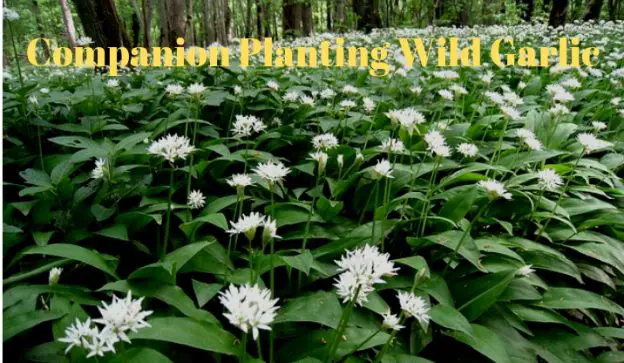Wild garlic or hedge garlic as it is also known as, is usually found growing in woodlands or under hedges. When crushed the leaves and stems smell very strongly of garlic. Companion planting wild garlic is a great way to benefit from this shade loving plant.
What is Wild Garlic?
Wild garlic (allium ursinum) also known as hedge garlic, wood garlic, ramsons, buckrams, broad leaf garlic, bear leek, or bear garlic is a member of the onion family found growing wild in woods and hedges. To find out more about wild garlic click here.
Companion Planting Wild Garlic
As this plant thrives in the shade of trees and bushes, it is best to grow this under fruit trees and bushes to protect them from aphids.
What to Grow With Wild Garlic
Wild garlic produces a mass of white flowers and is a very attractive plant. Which will do well in any orchard or area of fruit production.
Wild Garlic and Apple Trees
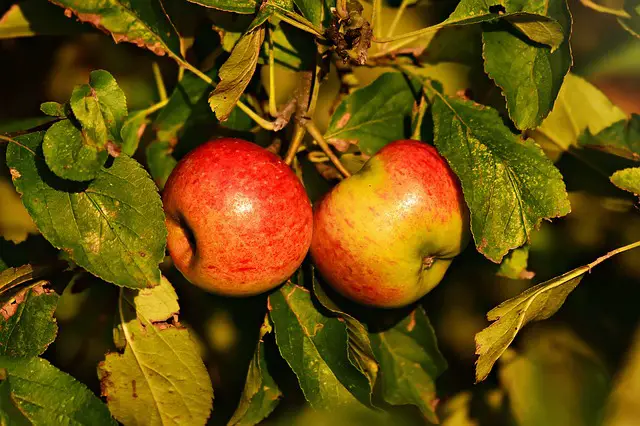
Apple trees are prone to damage from aphids and codling moths an under planting of wild garlic will prevent these insects from attacking your apple trees. The actual codling moth isn’t the problem, it’s the larvae that causes the damage. They bore into the apples and leave their faeces behind in their tracks.
They cause fruit to mature and decay prematurely which encourages wasps. Leaving the fruit inedible in the process. Companion planting wild garlic will disguise the apple trees from the codling moths and keep your fruit maggot free.
Unfortunately for every plant there is a type of aphid to suck the very life from it. Wild garlic will keep the aphids away. For more information on companion planting apple trees click the link.
Wild Garlic and Pear Trees
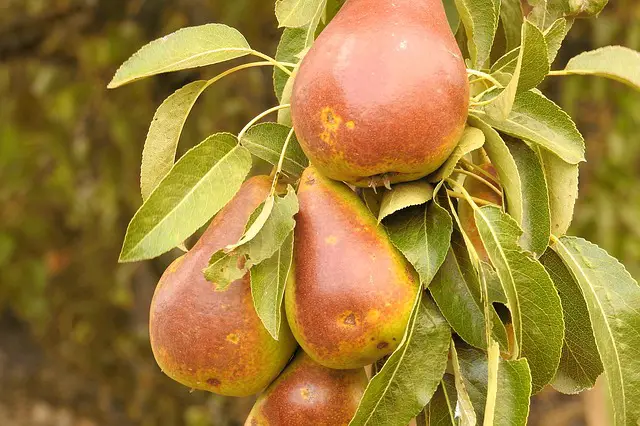
Codling moths will lay their eggs on pear trees as well as apple trees and their larvae will do the same damage to pears. Boring through the fruit, leaving your pears inedible, and because they cause the fruit to mature and rot prematurely they will attract wasps. Growing wild garlic under your pear trees will confuse the codling moths and send them away.
Leaving your pears to mature at their own pace as nature intended and as there will be no rotting fruit the wasps won’t hang around either. Aphids feed on young leaves and shoots and can cause diseases in pear trees. Companion planting wild garlic under your pear trees will keep the aphids away.
Click this link for more on companion planting pear trees.
Wild Garlic and Cherry Trees
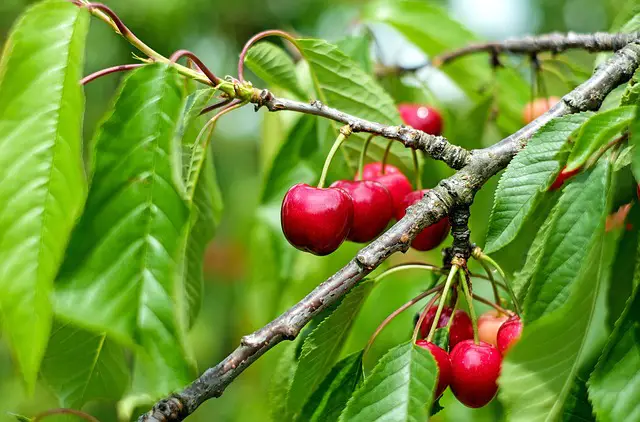
The cherry blackfly is another member of the aphid family that attacks cherry trees. Prevalent on leaves and young shoots, and even on the fruit. Companion planting wild garlic will repel these pests.
Wild Garlic and Peach Trees
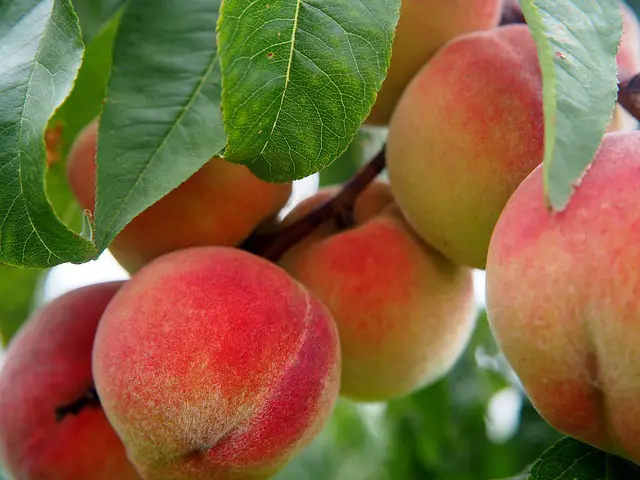
There are 2 aphids that cause problems for peach trees. The peach-leaf rolling aphid and the brown peach aphid. By growing wild garlic under your peach trees you will repel these 2 aphids.
Wild Garlic and Plum Trees
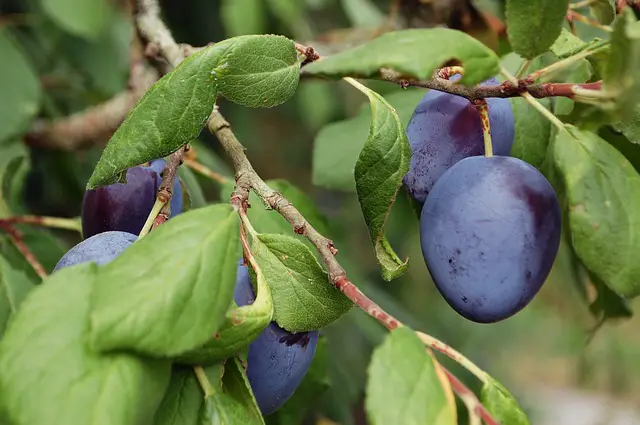
The plum leaf curling aphid and the mealy plum aphid are the bad guys here. Companion planting wild garlic under your plum trees will keep these 2 away. To get more information on companion planting plum trees click the link.
Wild Garlic and Currant Bushes

All currant bushes including black currants, red currants, and white currants get problems with various currant aphids. An under planting of wild garlic will repel all of these aphids, giving you healthier plants and more currants.
Wild Garlic and Raspberries
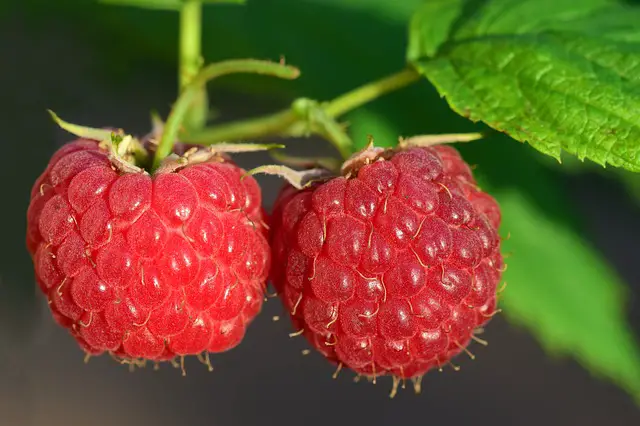
The raspberry aphid will damage your raspberry plants in more ways than one. They will suck the sap from your plants, damaging leaves and stem, which will weaken your plants and diminish yield. They are also responsible for spreading viruses from plant to plant.
Companion planting with wild garlic will keep the aphids away from your raspberries.
Wild Garlic and Strawberries
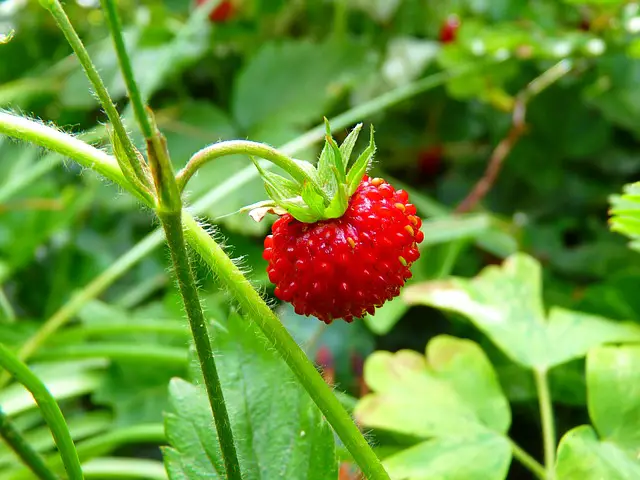
Strawberries were originally a woodland plant, growing in the same conditions as wild garlic. So it should come as no surprise that these 2 make great companions. The wild garlic will keep the strawberry aphids away meaning more fruit and healthier plants.
To see what grows well with strawberries click the link.
Wild Garlic and Gooseberries
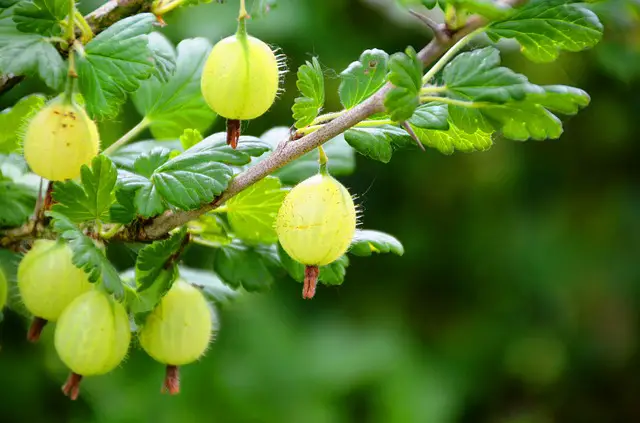
As I said before think of a plant and there will be an aphid that attacks it and gooseberries are no exception. Companion planting with wild garlic will keep the aphids away meaning that’s one less pest to worry about.
Wild Garlic and Blackberries
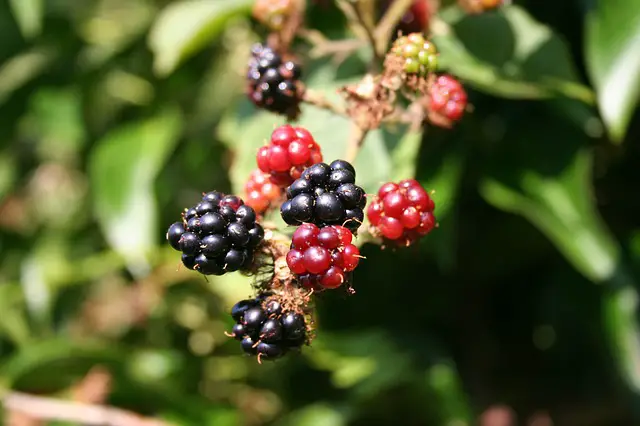
Another woodland plant, the blackberry is not just a bothersome weed. Now days there are cultivated varieties that produce larger, sweeter fruits but only if you keep the aphids away. companion planting with wild garlic will do just that.
Aphid Damage
In the above list you might have noticed a common theme, or more precisely, pest, yep that’s right, the aphid. The problem is that once you’ve noticed the damage, it’s probably too late. The damage is done and the diseases and viruses are spread.
That’s why it is important to prevent aphid infestations wherever possible. And that’s where wild garlic comes in. It’s a great plant for growing under trees and bushes and even with strawberries and blackberries.
Bright green leaves, and pure white flowers, they’re easy on the eye and they keep pests away as well. What’s not to like?
What Not to Grow With Wild Garlic
Any sun loving plant that can’t survive in partial shade will be problematic because wild garlic prefers shade. There are a few plants to keep wild garlic away from and they include:-
Wild Garlic and Legumes
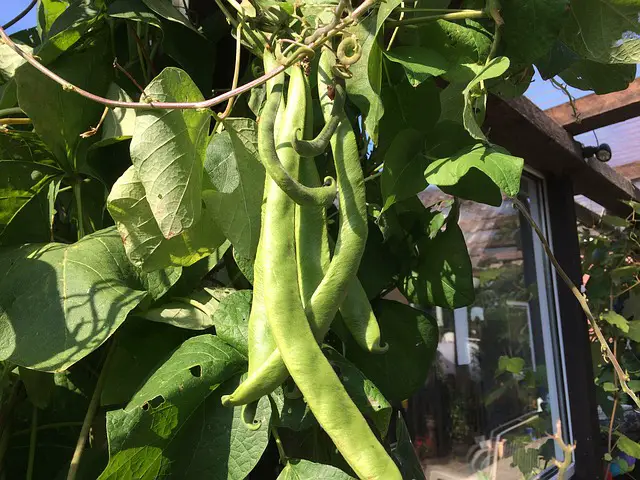
Peas and beans fix nitrogen in the air, they do this by using certain bacteria in the soil. Garlic like all members of the allium family contain a high concentrate of Sulphur which is known to kill this bacteria.
Wild Garlic and Alder

The common alder is a nitrogen fixing tree which grows throughout the UK. As wild garlic will kill the bacteria that the alder feeds on to produce nitrogen they should not be grown together.
Wild Garlic and Scottish Laburnum
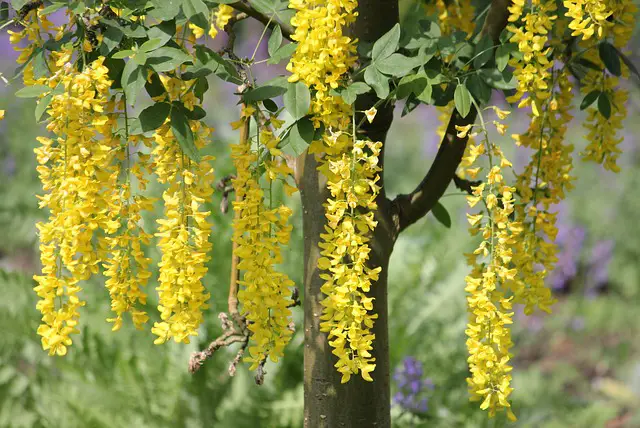
Another nitrogen fixing tree which incidentally is extremely poisonous, relies on soil borne bacteria to fix nitrogen. Wild garlic destroys this bacteria and this would be disastrous for the laburnum.
Wild Garlic and Siberian Pea Tree

The Siberian pea tree is a small nitrogen fixing tree with edible seeds and flowers. You probably can guess the rest… Wild garlic will kill the bacteria the Siberian pea tree needs to fix nitrogen in the air.

